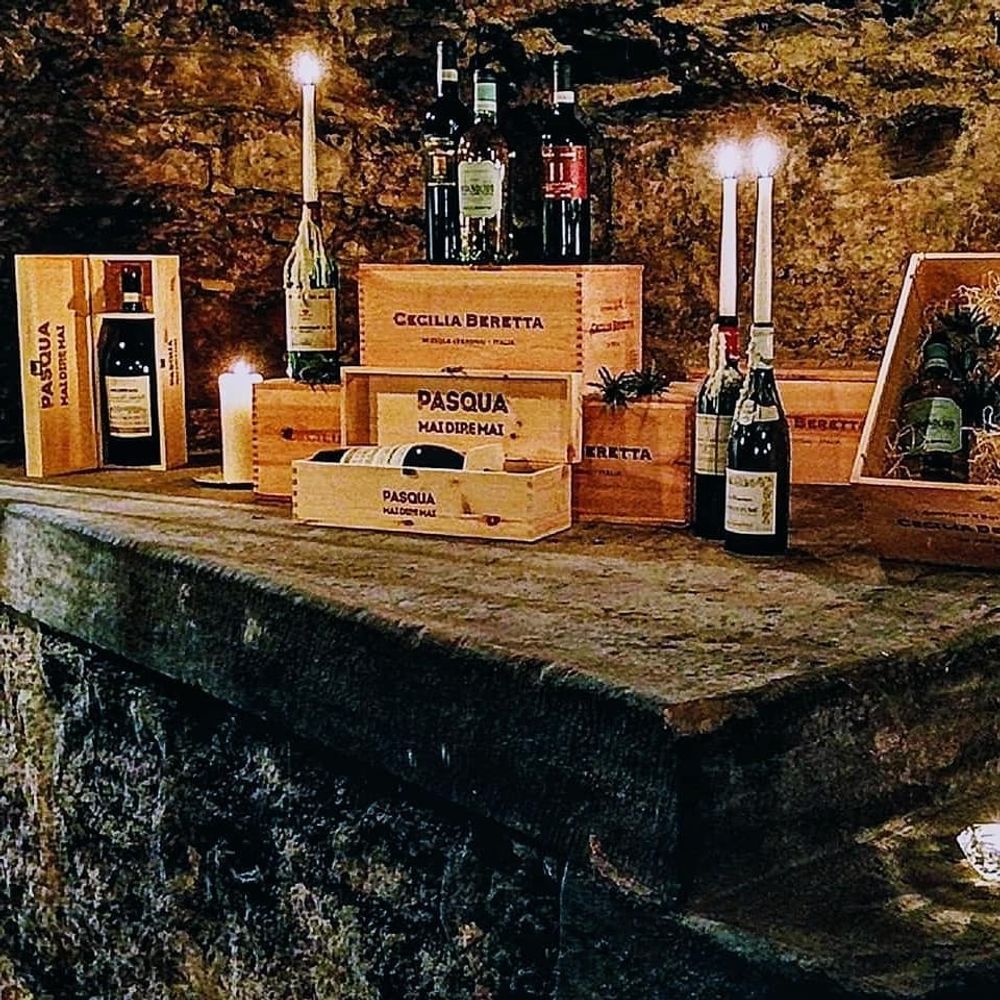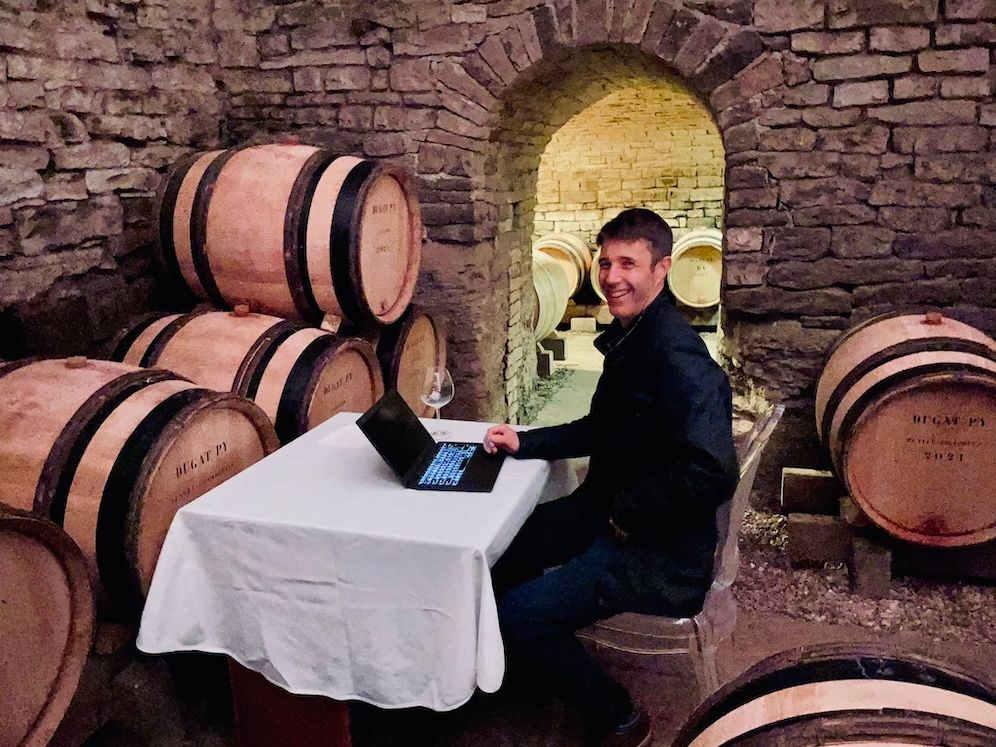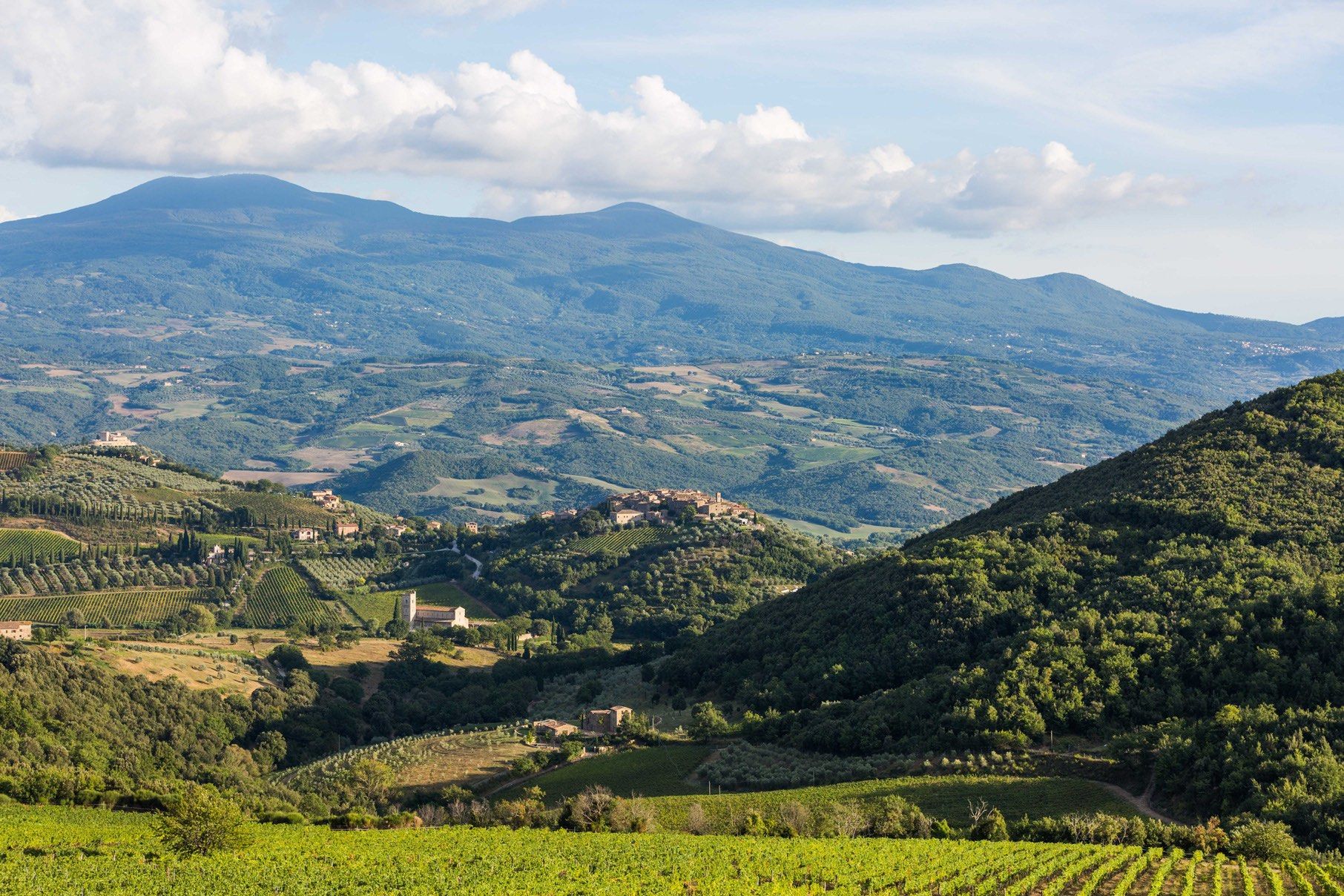Fifty years after entering British wine lists with Whighams of Ayr, the Pasqua family is continuing to innovate with its bottles, writes Ranscombe.
Verona may be best known for Romeo and Juliet’s short-lived tumultuous romance, but wine merchant Corney & Barrow (C&B) is celebrating one of the city’s longer-lasting relationships. For the past 50 years, C&B has imported wines made by the Pasqua family, whose Cecilia Beretta brand is at the heart of Verona’s drinks trade.
That relationship traces its roots back to 1969 when Whighams of Ayr began bringing Pasqua’s wines into Scotland. Whighams merged with C&B’s Scottish operations in 1994, extending the Italian family’s reach across the UK.
Today, C&B’s Scotland and northern England arm, which is based at Oxenfoord Castle just outside Edinburgh, accounts for about 20% of the group’s £80 million turnover and employs 38 people. As well as its shop and offices in Ayr and its base near Edinburgh, the company has a team of sales managers spread across the North of England and Scotland, serving clients including restaurants, bars and hotels.
C&B marked the 50th anniversary of its relationship with Pasqua by holding a tour and tasting in its historic cellars in Ayr and hosting a dinner at Turnberry, the nearby golf resort. Since 1994, the partnership between the producer and the importer has blossomed, with UK sales soaring from 400 cases a year to 45,000.

Down in the cellar
The business that became Whighams of Ayr was founded in 1766 – 14 years before C&B – by Alexander Oliphant. A year before, the British crown had bought the Isle of Man from the Duke of Atholl, closing a popular smuggling route into southern Scotland and northern England.
Its three long cellars lying beneath Ayr’s Academy Street are a treasure trove for wine geeks; crates of Petrus and Pingus poke out from between boxes of Lafite and Latour, with a smattering of Romanée-Conti and Tignanello thrown in for good measure. The cellars are currently home to about 8,000 cases of customers’ bonded reserves, with space for a further 4,000 or so cases.
In their early days, the cellars were used to store casks of wine that had been shipped into Scotland. Whighams filled its final bottles of Port in the cellar in the early 1970s, after which Portugal changed its laws so that its fortified wines would only be bottled in the country.
C&B has recently revitalised its cellars in Ayr, creating more space for wine tastings and other events. “When I saw how good the cellar was looking, it brought a tear to my eye,” admitted Alison Buchanan, a buyer at C&B who joined Whighams in 1989, before eventually moving to London after the merger.

Cecilia Pasqua, Eva Franceschi, account manager at C&B, Maggie Ridolin, general manager at Cafe Gandolfi, Rebecca Palmer wine buyer at C&B (l-r)
Continuing to innovate
Guests at the tasting in the cellar sampled seven of the Cecilia Beretta wines, including the first vintage of its superb Brognoligo single vineyard Soave, developed by winemaker Cecilia Pasqua and C&B buyer Rebecca Palmer, with 20% of the wine fermented in second-use oak barriques. “The family wanted to create a wine that was sexy, soft, rich – a bit more feminine,” Palmer explained. “Cecilia Beretta had all these ‘hero’ red wines, so we wanted a ‘heroine’ white wine.”
At the dinner, the winery also unveiled its Mai Dire Mai Amarone, harvested at a higher elevation and from the eastern part of the Valpolicella region, in contrast to the lower altitude vineyards in the west from which it makes its Terre di Cariano Amarone. The dinner marked the new Mai Dire Mai’s debut in Scotland and was served alongside the Terre di Cariano, highlighting the sweet and savoury contrast between the two wines.
Riccardo Pasqua, global chief executive of Pasqua Winery, told guests at the dinner: “I’m grateful to Cecilia’s father, Carlo, who started this relationship 50 years ago. It gives you a sense about what the wine industry is – it’s about people, it’s about solid long-term relationships, it’s about what we can achieve together. I feel part of a legacy – it’s a privilege to be here tonight.”
In a crowded market for Italian wines, Cecilia Beretta stands out from its competitors thanks to the fresh acidity that characterises its range. There’s clearly still a freshness to its innovative winemaking and its relationship with C&B too.
Tasting through the range

Freeda Rosé Trevenezie, 2018
Strawberry and floral notes on the nose lead into plenty of fresh red fruit on the palate, balanced by well-integrated acidity.
Soave Terre di Brognoligo, 2018
Grown-up Soave with light woodsmoke on the nose and lashings of cream on the palate, yet with enough acidity to slice through scallops at dinner.
Merlot Belvedere, 2018
Proving that there’s no excuse for competitively-priced Merlot to taste vegetal, the pronounced blackcurrant – verging on blueberry – flavour was a big hit with guests in the cellar.
Soraie IGT Veneto, 2016
Cecilia Beretta’s venture into hipster territory, with traditional varieties Corvina and Croatina blended with international interlopers Cabernet Sauvignon and Merlot using Amarone’s appassimento technique to produce classic Italian red cherry, roast meat and woodsmoke aromas and lush sweet red fruit flavours.
Valpolicella Classico Superiore Terre di Cariano, 2015
The coal smoke on the nose almost ventured into damp earth territory, yet the fresh raspberry and strawberry flavours shone through on the palate, wrapped in crisp acidity.
Valpolicella Superiore Ripasso, 2017
Much sweeter black cherry and spun sugar on the tongue than the savoury blackcurrant and damp earth aromas suggested.
Amarone Classico Terre di Cariano, 2012
A bit of prune crept in amongst the black cherry and woodsmoke on the nose before launching into the classic spun sugar, light vanilla and black fruit menagerie on the palate.
Amarone Mai Dire Mai, 2011
For me, the newer Amarone interpretation was sweeter and more inviting, with bitter dark chocolate and sweeter milk chocolate notes peppering the redder fruit flavours.










































